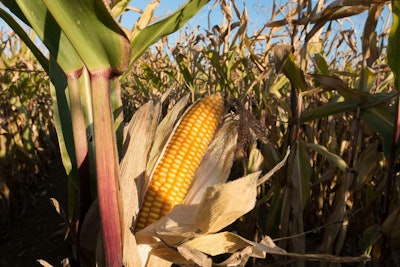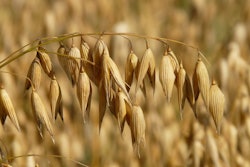
As climate change continues to alter weather patterns around the planet including the Midwest, researchers at Michigan State University are modeling the impact on crops such as corn.
The fungi Aspergillus flavus and Aspergillus parasiticus produce aflatoxin which can infect peanuts, tree nuts and corn. Aflatoxin not only degrades corn quality but can also cause health problems for humans and animals depending on the amount and length of time it is ingested.
While aflatoxin contamination occurs annually in the southern U.S. because of the hot and dry climate, it has rarely been a serious problem in the Corn Belt region of the U.S.
“When we ran our near-term climate model scenarios, we found that between 2031-2040, aflatoxin is going to become more of a problem in the U.S. Corn Belt in the Midwest,” said Felicia Wu, a John A. Hannah Distinguished Professor and an international expert on food safety in the Department of Food Science and Human Nutrition and the Department of Agricultural, Food, and Resource Economics in the College of Agriculture and Natural Resources at MSU.
In her research, published April 5, 2022, Wu noted hot and dry conditions encourage fungi spores to be airborne which increases their chances of contaminating crops. Water helps plants withstand stress that makes them vulnerable to harmful fungi.
Grain elevators and processors can reduce the risk of aflatoxin contamination by storing corn harvests in cool, dry conditions and keeping crops irrigated to the extent possible given declining water tables.
“We predict seeing an increase in aflatoxin problems over the next 10 to 20 years,” Wu said. “So, we need to rely on technologies and a whole suite of interventions that can reduce the problem.”

















